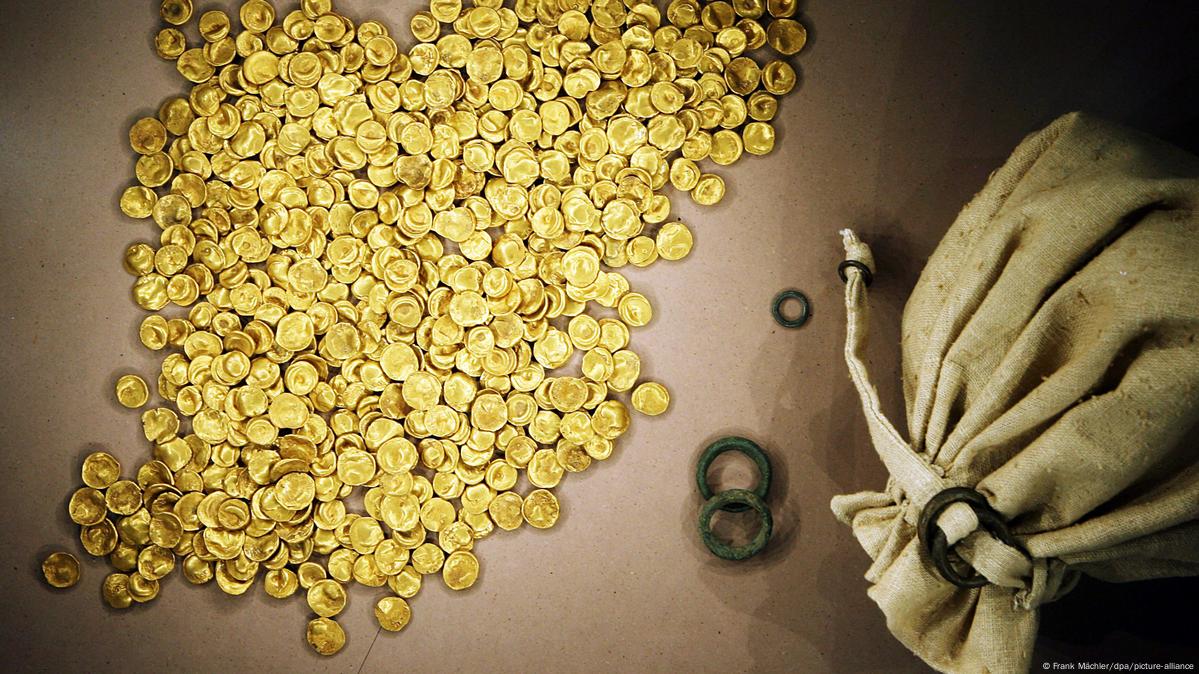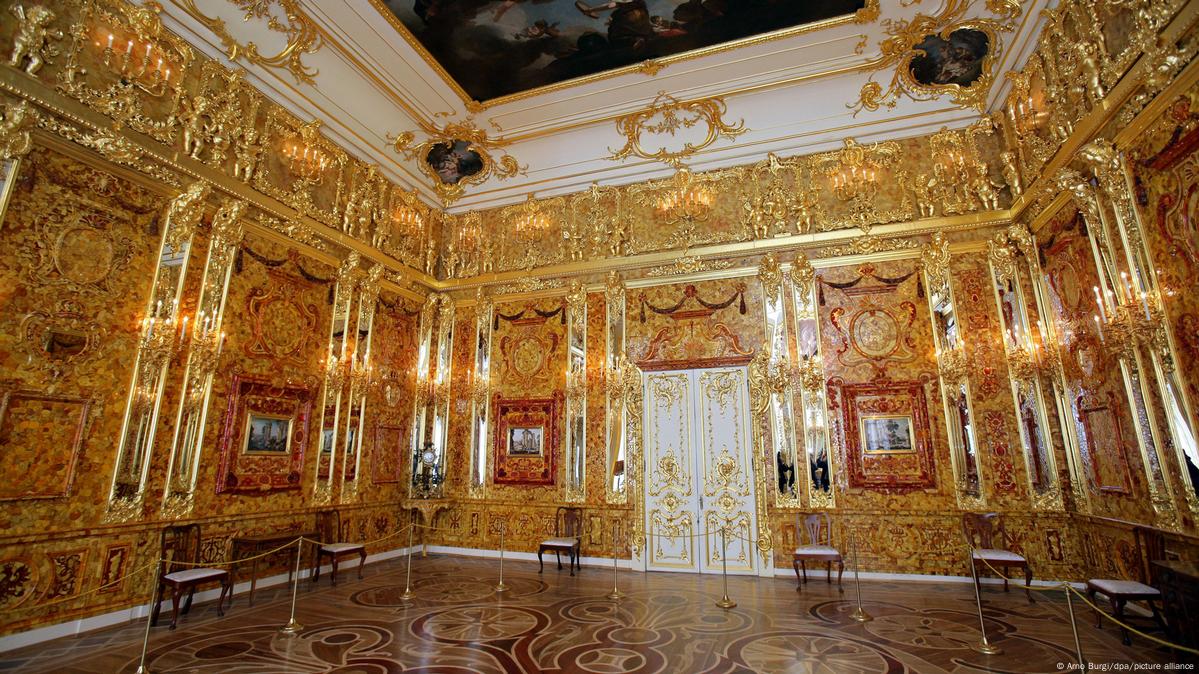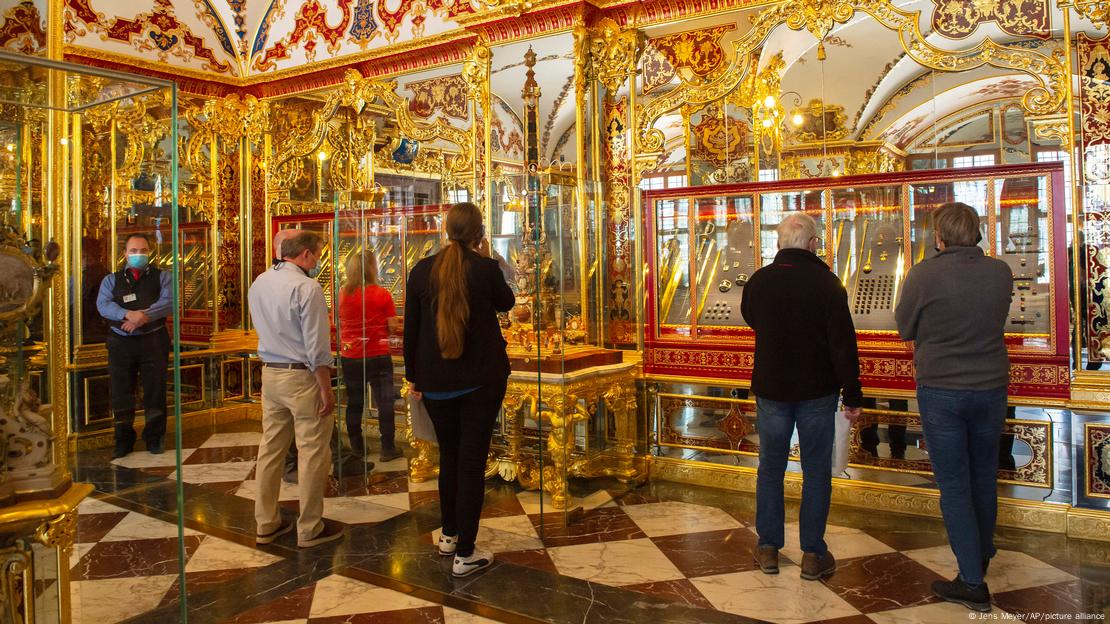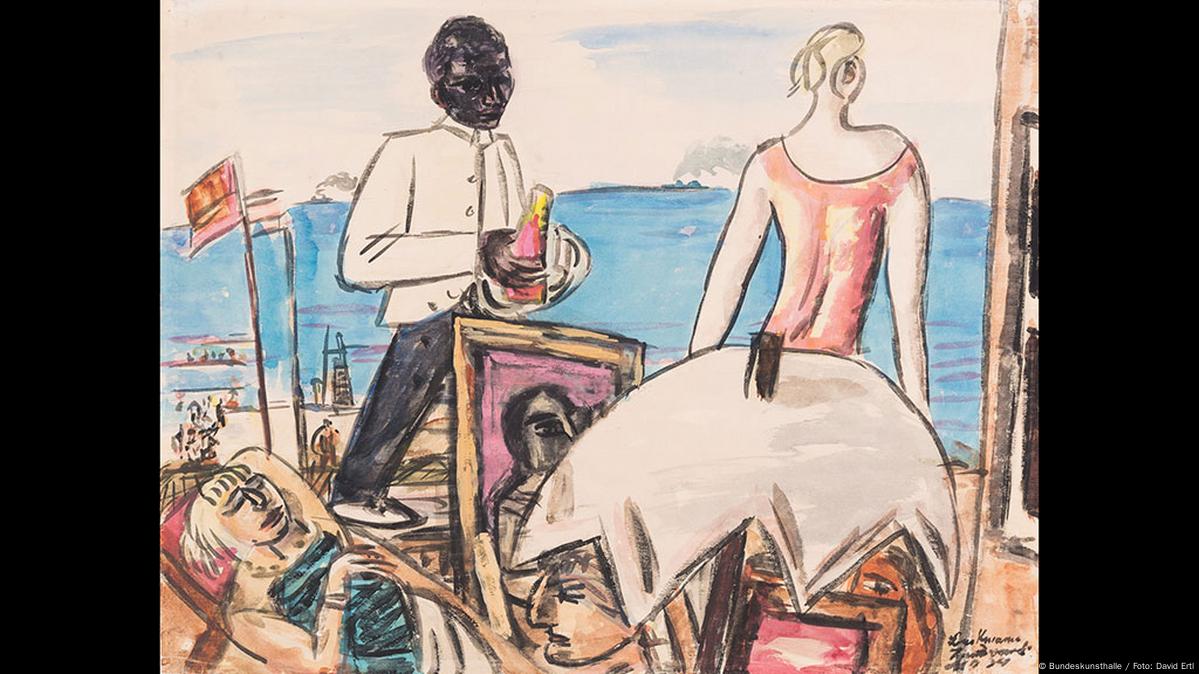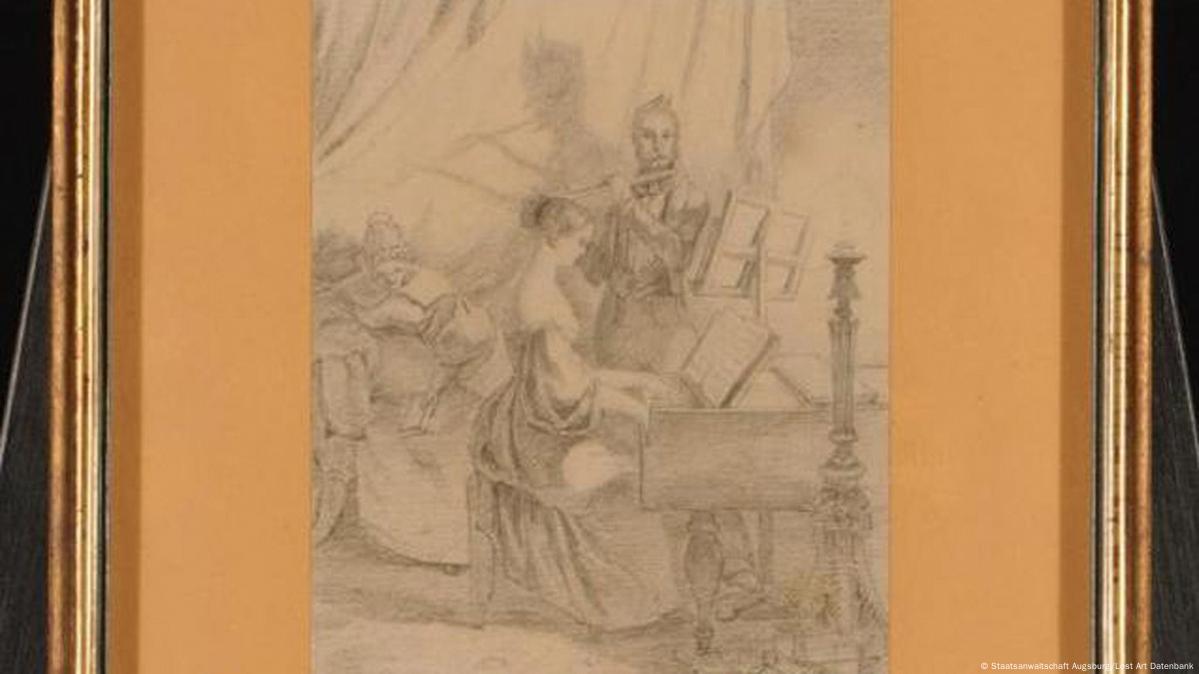Nikolas Fischer
DW
May 29, 2024
The cabinet of Congo's first female prime minister, Judith Suminwa Tuluka, has finally been unveiled. Members include some close allies of President Felix Tshisekedi. Stakes are high as fighting in the east continues.
The cabinet of Congo's first female prime minister, Judith Suminwa Tuluka, has finally been unveiled. Members include some close allies of President Felix Tshisekedi. Stakes are high as fighting in the east continues.
The announcment of the new government took months
Image: Saleh Mwanamilongo/DW
After months of anticipation, the cabinet was made public at 2:00 in the morning local time on May 28.
Felix Tshisekedi was sworn in for a second term as president of the Democratic Republic of the Congo in January, while Prime Minister Judith Suminwa Tulukatook office in early April.
Suminwa's new government is made up of 54 members, including six deputy prime ministers, 10 ministers of state, 24 ministers, four deputy ministers and ten vice ministers.
One of the deputy prime ministers is Jean-Pierre Bemba, who takes over the Ministry of Transport. He hands over the Ministry of Defense to Guy Kabombo Mwadiambita, a newcomer to the government.
Other noteworthy cabinet members include Guylain Nyembo, a former cabinet member of President Felix Tshisekedi, who now heads the Ministry of Planning, and Jackmain Shabani, former special advisor to the president who is now the deputy prime minister in charge of the interior.
After months of anticipation, the cabinet was made public at 2:00 in the morning local time on May 28.
Felix Tshisekedi was sworn in for a second term as president of the Democratic Republic of the Congo in January, while Prime Minister Judith Suminwa Tulukatook office in early April.
Suminwa's new government is made up of 54 members, including six deputy prime ministers, 10 ministers of state, 24 ministers, four deputy ministers and ten vice ministers.
One of the deputy prime ministers is Jean-Pierre Bemba, who takes over the Ministry of Transport. He hands over the Ministry of Defense to Guy Kabombo Mwadiambita, a newcomer to the government.
Other noteworthy cabinet members include Guylain Nyembo, a former cabinet member of President Felix Tshisekedi, who now heads the Ministry of Planning, and Jackmain Shabani, former special advisor to the president who is now the deputy prime minister in charge of the interior.
Who is Judith Suminwa Tuluka?
Tuluka, 56, comes from Central Congo, the same province as the country's first democratically elected president, Joseph Kasavubu, who served between 1960 and 1965.
She has a master's degree in applied economics as well as a diploma for additional studies in human resource management in developing countries.
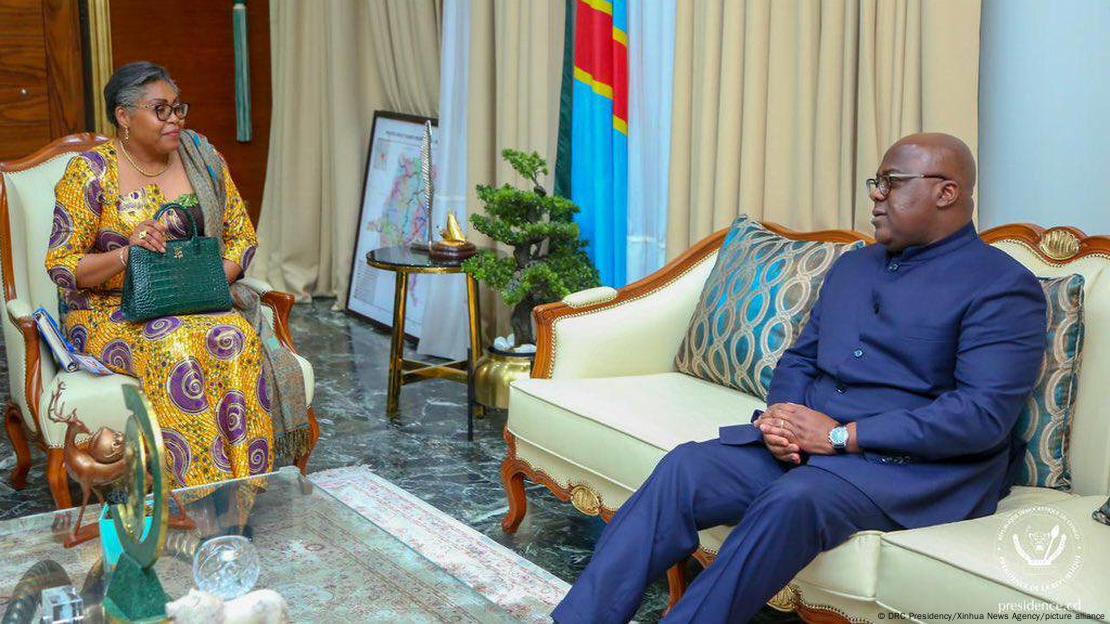
Congolese President Felix Tshisekedi appointed the country's first female prime minister in April, fulfilling a campaign promise
Image: DRC Presidency/Xinhua News Agency/picture alliance
Congo's new PM worked in the banking sector before joining the United Nations Development Program (UNDP), where she was coordinator of the "Peacebuilding and Strengthening Democracy" pillar.
Tuluka has been described as a close confidant of Tshisekedi and was an expert in a national project to support the community in eastern Congo. She then worked in the Ministry of Finance and later as deputy coordinator of the Presidential Strategic Watch Council, a body that advises the president on strategic issues.
Empowering women
Tuluka's appointment as prime minister has provoked many satisfied reactions, especially among Congolese women.
"I very much hope that there will definitely be new things, good things," Sefora Wameh, a student in the capital, Kinshasa, told DW. "There are men who say that women can't do what they do. But I firmly believe that this time we women have the opportunity to do better than the men."
Antomiss Mangaya, a civil servant in the Ministry of Primary and Secondary Education, also feels encouraged and hopes that Tuluka will bring some positive changes.
"She is a very good example for us women. That is very commendable," said Mangaya. "As this is the first time, she should do better than the person before her. She should work hard and show us that women can do the same."
Eastern Congo in the spotlight
Tuluka's appointment comes as the security situation in the east of the country remains extremely difficult.
Rebels from the M23 movement, one of over 100 armed groups in the resource-rich region, are fighting the Congolese army in the volatile region.
Congo's new PM worked in the banking sector before joining the United Nations Development Program (UNDP), where she was coordinator of the "Peacebuilding and Strengthening Democracy" pillar.
Tuluka has been described as a close confidant of Tshisekedi and was an expert in a national project to support the community in eastern Congo. She then worked in the Ministry of Finance and later as deputy coordinator of the Presidential Strategic Watch Council, a body that advises the president on strategic issues.
Empowering women
Tuluka's appointment as prime minister has provoked many satisfied reactions, especially among Congolese women.
"I very much hope that there will definitely be new things, good things," Sefora Wameh, a student in the capital, Kinshasa, told DW. "There are men who say that women can't do what they do. But I firmly believe that this time we women have the opportunity to do better than the men."
Antomiss Mangaya, a civil servant in the Ministry of Primary and Secondary Education, also feels encouraged and hopes that Tuluka will bring some positive changes.
"She is a very good example for us women. That is very commendable," said Mangaya. "As this is the first time, she should do better than the person before her. She should work hard and show us that women can do the same."
Eastern Congo in the spotlight
Tuluka's appointment comes as the security situation in the east of the country remains extremely difficult.
Rebels from the M23 movement, one of over 100 armed groups in the resource-rich region, are fighting the Congolese army in the volatile region.
In recent weeks the rebels have come very close to the regional capital of Goma, and some villages are still controlled by the rebels.
Diplomatic relations between Congo and neighboring Rwanda are tense. The government in Kinshasa, the United Nations and many Western nations have accused Rwanda of supporting the M23 rebels in order to control the region's lucrative diamonds, copper and gold resources.
The government in Kigali, Rwanda's capital, has repeatedly denied the allegations, but UN experts claim to have found evidence of Rwandan interference in Congo.
The US State Department has called on Rwanda to withdraw its troops and surface-to-air missile systems from eastern Congo. The Rwandan Foreign Ministry has stated that the troops were defending Rwandan territory, as the Congo was carrying out a "dramatic military buildup" near the border.
Worsening humanitarian crisis
More than 7 million people have been displaced because of the long-running conflict, according to the United Nations, making it one of the worst humanitarian crises in the world — and perhaps the greatest challenge facing Tuluka.
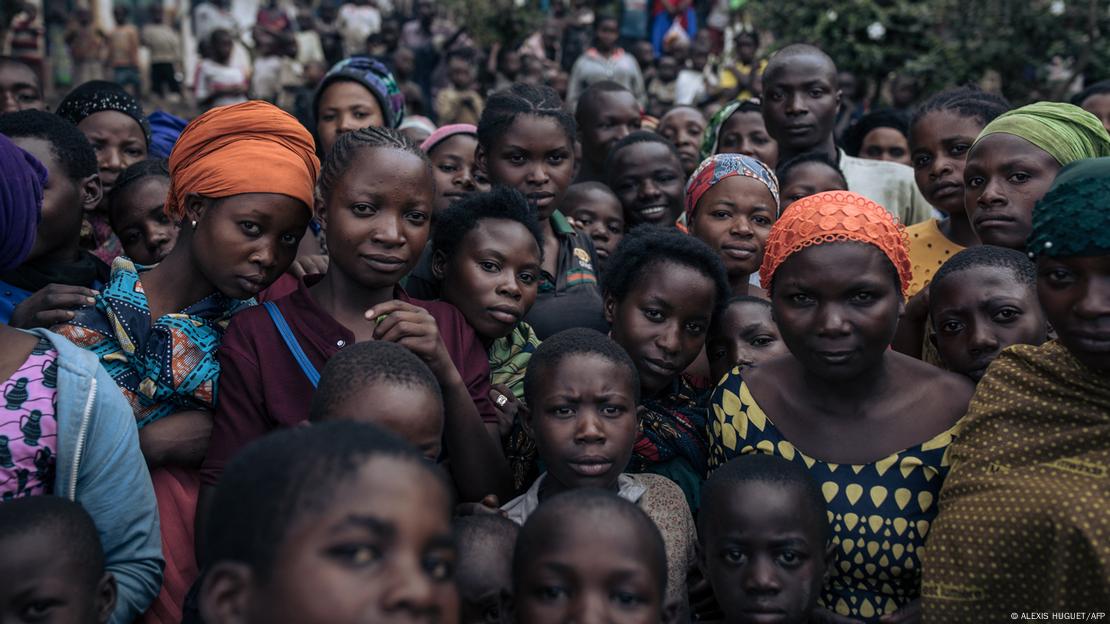
The Democratic Republic of the Congo (DRC) has the highest number of internally displaced people in Africa
ALEXIS HUGUET/AFP
Laurette Mandala Kisolokele, an advisor at the Ministry for Regional Integration, is nevertheless optimistic. After all, the issues and problems facing Congo are not new to the top politician.
"She knows the security situation in the east of the country," Kisolokele told DW.
"What we want from her now is that she makes smart decisions with her staff so that they can support her effectively and we can put an end to the insecure situation in the east."
Jean Noel Ba-Mweze contributed reporting.
This is an updated version of an article first published on April 3, 2024. The article was originally written in German.
Laurette Mandala Kisolokele, an advisor at the Ministry for Regional Integration, is nevertheless optimistic. After all, the issues and problems facing Congo are not new to the top politician.
"She knows the security situation in the east of the country," Kisolokele told DW.
"What we want from her now is that she makes smart decisions with her staff so that they can support her effectively and we can put an end to the insecure situation in the east."
Jean Noel Ba-Mweze contributed reporting.
This is an updated version of an article first published on April 3, 2024. The article was originally written in German.









